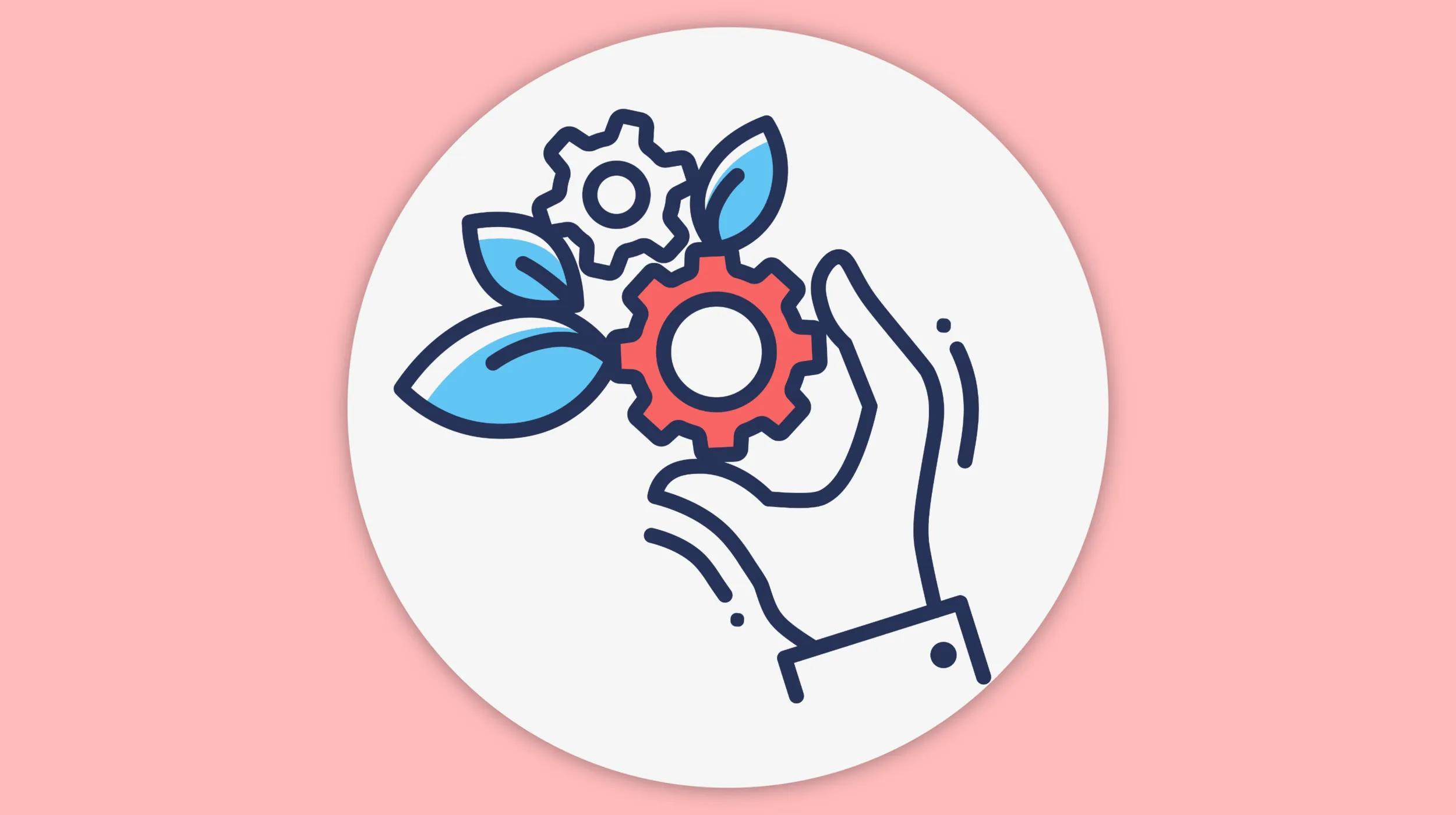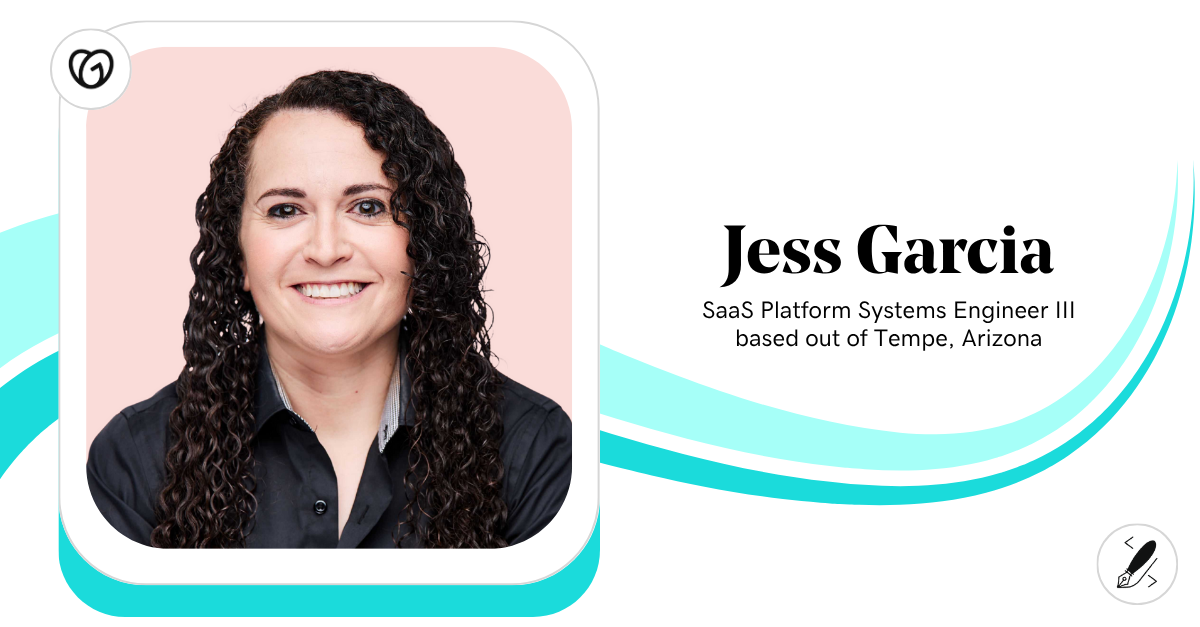You've chosen to freelance, to blaze your own path free from the shackles of a windowless cube, a schedule, a commute, and maybe a less-than-stellar work environment. Maybe you were burnt out from being used and abused at an agency. Maybe you were tired of being left out of the strategy talks and only brought in to make the final idea "pretty." Maybe you had big ideas, but felt stifled, and wanted an opportunity to make a bigger impact.
Regardless of the reason, you made the leap, went into business for yourself, and are freelancing. You're working at home in your web design pants — that's what we call yoga pants for those of us who don't do yoga — or even your pajamas, and things are good.

You're alone most of the day, and that's a nice change. At first you relish in the quiet solitude, but then you start to notice you're alone A LOT. Now because you're human, you have an innate need for connection, for bonds with other humans.
You need to know that other people care about you. You need to know you have friends, to know you are liked, to feel accepted, all because these things help you feel good about yourself. You feel more confident, validated even, and happier when you feel liked, respected, accepted, or trusted.
But what happens when your desire for validation, to be liked, collide with the sometimes lonely freelance lifestyle? When your needs to be liked and accepted aren't being met in your personal life, it's easy to look toward your business and your client relationships to fill the void — and you may not even you realize that you're doing it.
This can show up in your business in a few different ways:
1. You undercharge new clients to get more yeses and resist raising your rates.
When I first began freelancing, I joined a local networking group and when I landed my first client from the group, I was elated. I felt like Sally Field in her Oscar acceptance speech, shouting, "You like me! You really like me!" Then I landed another client, and another, and another. Everyone I spoke to said yes and soon, almost every person in the networking group was a client of mine and I was proud because they all chose me. Unfortunately this came with dire consequences.
I had no life. I was working like a dog and not making very much in comparison.
It was suggested to me on more than one occasion that I raise my rates, but I resisted because it meant some people would say no — and a no meant "they don't like me." What I came to realize was that I was keeping my fees low so I would always get a yes — and the more yeses I got, the better I felt about myself. Yikes!
2. You undercharge for hourly work or don't charge for all of your time to get clients to stay.
Today, I understand my value, confidently charge what I am worth, and work with amazing clients who are happy to pay me the fees I command, but that wasn't always the case. In my early years as a freelancer, I often undercharged existing clients, or didn't charge for all of my time.
- I'd spend eight hours on the design of a brochure, but only charge the client for four hours because I felt bad charging them "that much" or worried they might get mad at the cost.
- Or I'd flat rate a project up front based on what I thought they would pay and be happy with, not based the actual hours it would take, and I often ended up working at very low hourly rates.
At the time, I didn't have confidence in my ability to command higher fees, I didn't have confidence in myself as a designer, I was still learning how to price projects and communicate my value — and I was looking to my clients and my business to build up my feelings of self-worth.
As a result, I was working 16 to 18 hour days, often seven days a week. I was exhausted, overworked, not making very much in comparison, and I had no life. (Seeing a pattern yet?)

3. You agree with all client requests because it makes them happy, even if it means holding back your real opinions.

Designers and developers are problem-solvers at heart and clients hire us to solve problems, to create solutions, and to do it in a beautiful way. We evaluate the objective at hand and define the problem and constraints, we do research and testing, and we create solutions that will deliver the results our clients are looking for.
But often this process is derailed by designers and developers who care more about making the client happy in the moment than delivering long-term results and meeting the original objective.
I learned this lesson the hard way.
I had landed a new client, a well-known name, and was committed to knocking it out of the park on their project. I wanted to make sure they were happy. I worked extra hard on the initial design draft for their project and I knew I had nailed it. I was really proud of the design and I was confident it would help them achieve their goals.
I presented the concept to the client, and they had changes and suggestions.
- They wanted to add some elements (because a friend said they needed them.)
- They wanted to move some things around (because they read an article that recommended it.
- They wanted to change a couple of the colors (because they heard a speaker at an event discuss a higher converting color.)
And I said yes. I said, "Sure. No problem. I can do that" — and I did. I made the changes and the client was ecstatic. They raved about how easy I was to work with. They loved that I was willing to be flexible. They were happy and it made me feel good. It made me feel like I did a great job.
Then the piece was printed, it went out into the wild, and it failed. The client circled back to me and wasn't happy.
I didn't stand up for my design. I didn't act as the champion for my design, educating and teaching the client about why it was the best choice. I didn't stand my ground as a designer and communicate the merits of my design. I didn't dig deeper about why the client was making the change requests.
Bottom line: I didn't do what was best for the design. Instead I put making the client happy in the moment ahead of making the project a success in the long-term and said yes to all of their requests and comprised the design — the solution they were paying me deliver.
Your client is hiring you to deliver a solution.
When they have a request that will affect the ability of the project to meet the objective, they are relying on you to steer them in the right direction, to educate them, to teach them, to provide your expert opinion, or to provide an alternate option or compromise. They are hiring you to ensure they stay on track, stay focused on the objective, and deliver results — not to just do whatever they ask you to do.
4. You allow your boundaries to be trampled to avoid making a client mad.
Setting clear expectations and boundaries with your clients is critical to building healthy, respectful, long-lasting relationships — and the key to doing this successfully is enforcing your expectations and boundaries, which is where many designers and developers fall off the wagon:
- You say you don't work on weekends, but you do because a client saw you on Twitter, sent you a DM, and you just couldn't say no.
- Your work day ends at 5 p.m., but a client emails at 4:59 with a crazy request they want done by the morning (with no rush fees) and you say yes because you don't want to make them mad.
- You say you value family time, but you give your clients your cell phone number and answer the phone at all hours of the day.
- You let your clients know you'll be on vacation or at a conference, but you continue to check email, you skip sessions or time at the pool to do quick projects for them in your room, and you miss out on new experiences because you are afraid they might go somewhere else.
By failing to enforce the expectations and boundaries you set with clients up front, you are sacrificing your own time and demonstrating to clients that you undervalue yourself.
Fear of making clients mad, fear of losing clients, fear of not having enough clients, makes us do crazy things, like answer a call from a client on a Saturday and bend over backward to accommodate outlandish requests (for no additional fees). But the truth is the exact opposite. Enforcing our boundaries and adhering to the expectations we set, we are demonstrating to our clients that we value ourselves, value our time, and value the relationship — and in doing so, they will respect you more.
Clients hire you to be the expert.
Your clients can get friends for free and spend time with them without spending a dime. They are not hiring you and investing valuable budget dollars with you so you will be their friend, tell them what they want to hear, and make them feel smart. They are hiring you to be a leader.

Clients turn to designers and developers to solve their problems because they don't have the skill set to do it themselves. The great clients understand that they don't know what they don't know and they need you to fill in the blanks and guide them. They need you to hold up the flashlight in the dark tunnel and lead them to daylight.
As my business has grown, I too have grown immensely as a designer, a consultant, and a business owner, and things look a lot different today than they did even a few years ago.
Today:
- I say no much more than I say yes, only taking on projects that are a perfect fit.
- I welcome no more often, as I'd rather not work than work on projects that aren't a great fit.
- I am confident in our rates, our work, the value we deliver, and the difference we can make in a business. As a result, I charge what I am worth, I get it, and I raise my rates often.
- I have built a lifestyle-based business that supports a joyous, fulfilling life. As a result, I don't work nights or weekends and I take seven weeks of vacation each year, including a two-week sabbatical at Christmas. During that time we are unavailable to clients and NONE have complained or gone elsewhere as a result. If anything they respect us more for doing so.
- I happily take on the role as champion of design. I stand up for the solutions we deliver and act as the leader and guide on the project, keeping the client on track and the objective as the focus.
In July, Bourn Creative will officially be 10 years old. I've made a lot of mistakes along the way, learned a lot of hard lessons, and used each one as an opportunity to improve my craft both as a designer and a business owner. I'll be sharing my insights and lessons learned along the way here on the GoDaddy Garage and I hope you find them helpful. If you ever have questions, want to know more, or want to share your experiences with me, feel free to ask in the comments.
Freelance life reflection time...
If you're making any of the mistakes I mentioned in this article, like overworking and undercharging, not valuing your time, not enforcing boundaries, and not championing your design —I urge you to take some time alone and ask yourself...
Are you are looking to your business to meet the needs that your personal life should be meeting? Are you trying to be a good friend or a great service provider?






